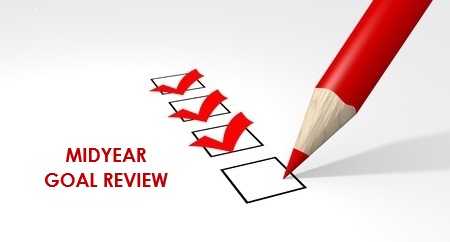We can't find the internet
Attempting to reconnect
Something went wrong!
Hang in there while we get back on track
Emotional Agility in the Workplace: Your Guide to Thriving in Professional Challenges
Our Article Full Details

Emotional Agility in the Workplace: Your Guide to Thriving in Professional Challenges
In the dynamic environment of the modern workplace, mastering emotional agility is crucial for success. While technical skills are undoubtedly important, it's often our ability to navigate and adapt to our emotions that truly sets us apart.
Understanding Emotional Agility
Emotional agility is the ability to recognize, understand, and adapt to your emotions in a flexible and constructive manner. It goes beyond simply being aware of your feelings; it involves actively managing and expressing them in a way that promotes resilience and adaptability. In essence, emotional agility empowers you to thrive in the face of challenges and changes, fostering a more fulfilling and productive work life.
Differentiating Emotional Intelligence and Emotional Agility
It's important to distinguish between emotional intelligence and emotional agility, as they are often used interchangeably but refer to distinct concepts. Emotional intelligence primarily focuses on understanding and managing emotions, while emotional agility takes it a step further by emphasizing the ability to navigate and adapt to emotions in a flexible and constructive manner.
Benefits of Emotional Agility in the Workplace
The benefits of cultivating emotional agility in the workplace are manifold. Firstly, it enables you to effectively manage stress and prevent burnout by regulating your emotions. This, in turn, leads to improved mental well-being and overall job satisfaction.
Moreover, emotional agility enhances communication and conflict resolution skills. By being attuned to your own emotions and empathetically understanding those of others, you can navigate difficult conversations with grace and build stronger, more collaborative relationships with your colleagues.
Additionally, emotional agility bolsters decision-making and problem-solving abilities. When you can regulate your emotions and think rationally, you're better equipped to make informed choices and devise innovative solutions to complex challenges.
Strategies for Developing Emotional Agility
Developing emotional agility is a journey that requires practice and self-reflection. Here are some strategies to help you enhance your emotional agility in the workplace:
- Increase self-awareness through reflection and introspection.
- Practice mindfulness techniques, such as deep breathing or meditation, to cultivate present-moment awareness and manage stress effectively.
- Develop empathy by actively listening to and understanding the emotions of others.
- Foster a growth mindset by embracing challenges as opportunities for learning and growth.
- Seek support from coworkers, mentors, or other professional resources when needed.
By incorporating these strategies into your daily routine, you can gradually develop emotional agility and reap its benefits in the workplace.
Conclusion
Emotional agility is essential for navigating today's workplace challenges. By honing your ability to recognize, understand, and adapt to your emotions, you can thrive professionally and personally.
To delve deeper into the realm of emotional intelligence and its importance in leadership hiring, check out our previous article
https://www.talentnexus.co.ke/blog/show/elevating-your-team-importance-of-prioritizing-emotional-intelligence-in-leadership-hiring
https://www.talentnexus.co.ke/blog/show/elevating-your-team-importance-of-prioritizing-emotional-intelligence-in-leadership-hiring
As you embark on this journey of self-discovery and growth, remember that emotional agility is not just about managing your emotions—it's about harnessing them as a source of strength and resilience in the face of professional challenges.
Prev
Key Characteristics of High-Performance Teams and How to Cultivate Them
Next
Building Trust in Teams





